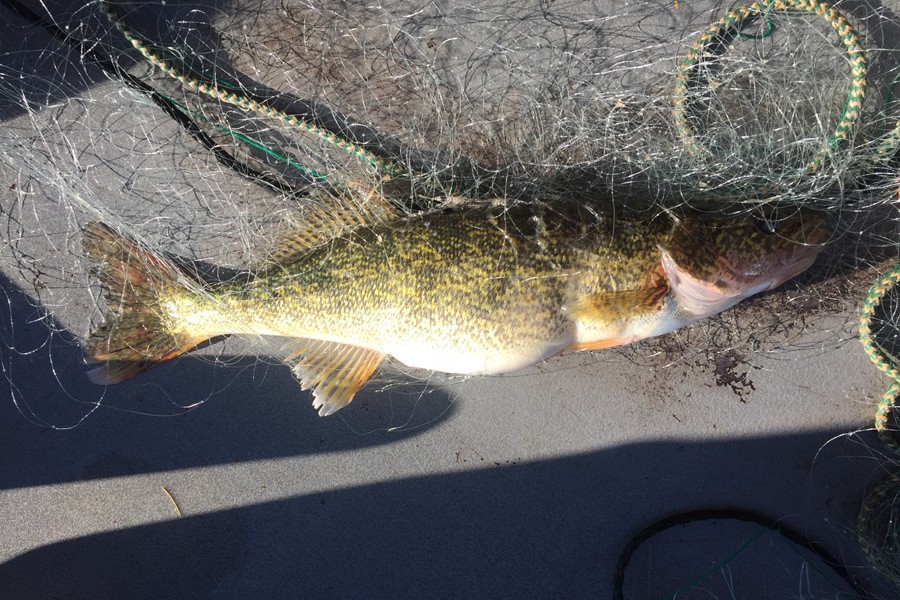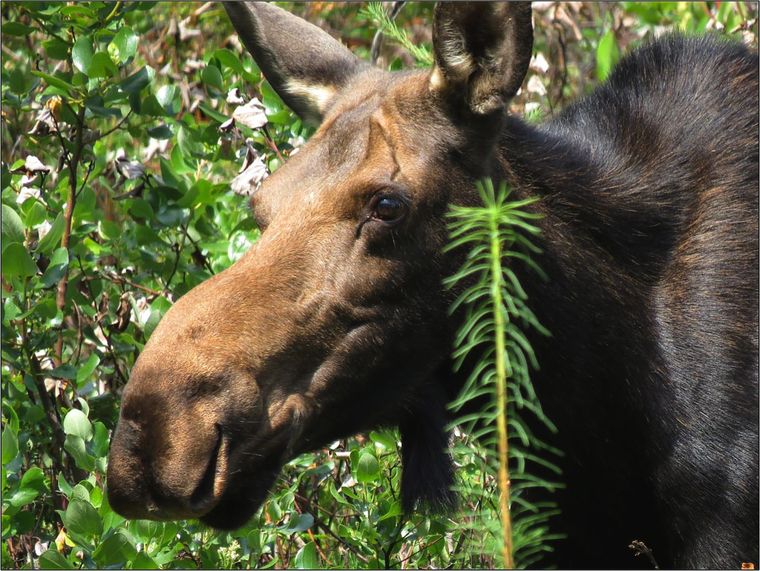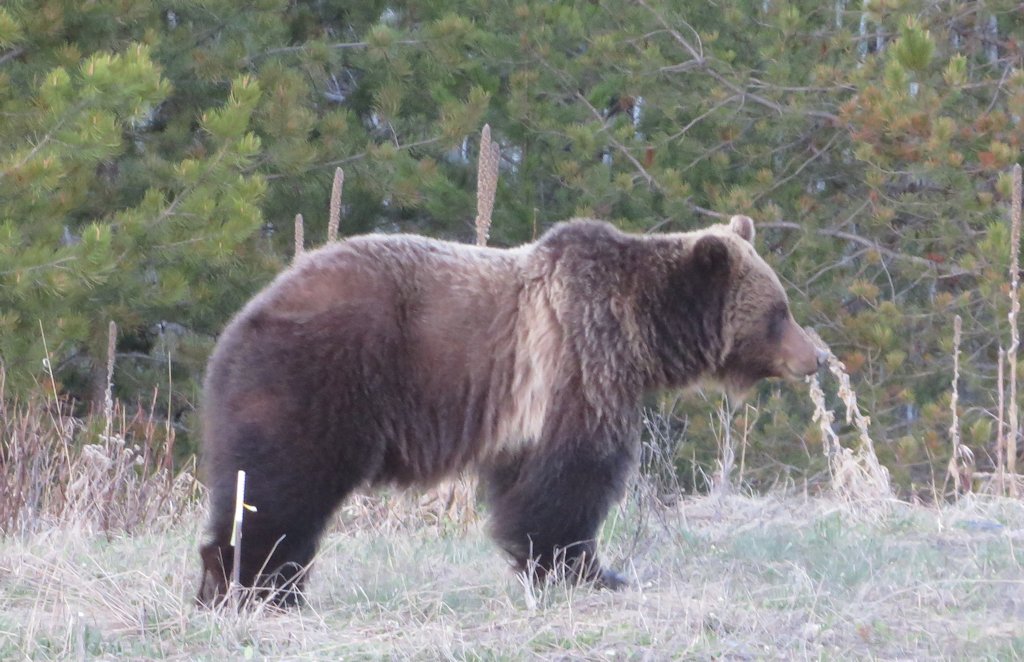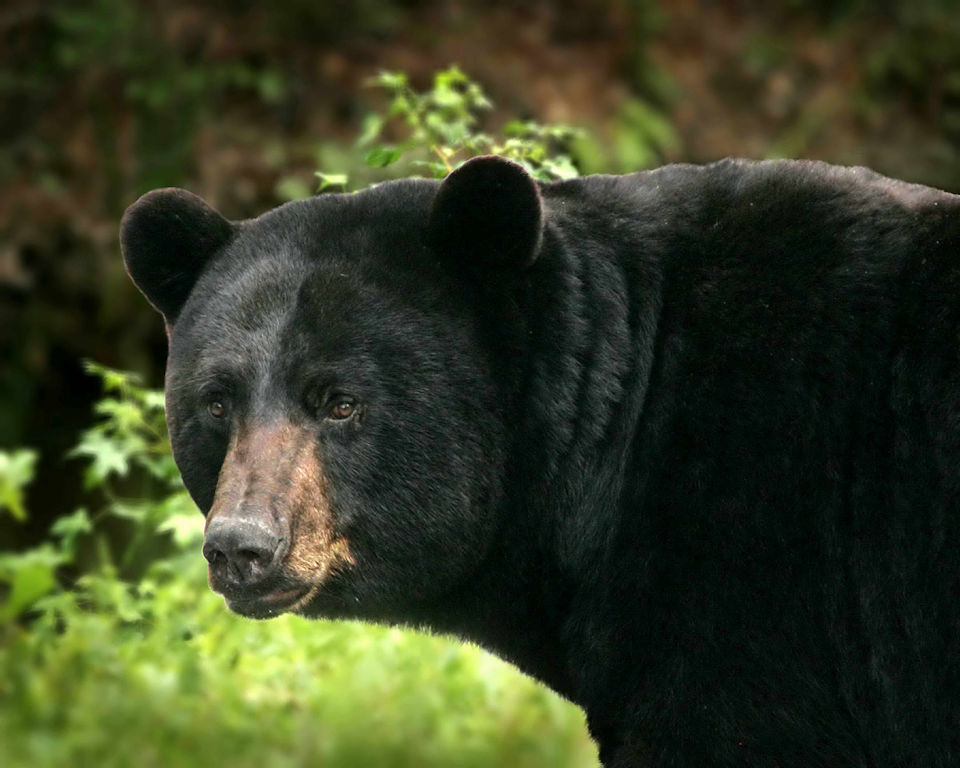Here’s a timely reminder from Montana Fish Wildlife and Parks . . .
FWP would like to remind folks that the supplemental feeding of game animals is illegal under Montana code (MCA 87-6-216). Recently, FWP has been investigating incidents of residents feeding deer in the Libby and Yaak area.
The law specifically prohibits the feeding of ungulates—(deer, elk, moose, and antelope), mountain lions and bears. The recreational feeding of birds (song birds, turkeys, pheasants, etc) can also be unlawful if it attracts ungulates or bears, and in some cities like Libby there are also ordinances against feeding turkeys. Supplemental food includes grain, processed feed, hay, and other foods.
Feeding turkeys can also attract other species. For example, if deer are drawn to feeding sites, they can attract mountain lions and pose a safety threat to neighbors.
FWP has also received reports of aggressive deer near a school bus stop in Libby. These deer may have been habituated with supplemental feed, and could be a threat to the safety of children in the area. FWP and Libby law enforcement officials may have to act to remove the deer in the interest of public safety. Killing habituated wildlife is a last resort when a public safety issue is involved. Feeding deer not only poses a safety threat it also congregates wildlife and increases the risk of disease transmission putting all deer in the area at risk.
In the Yaak, supplemental feeding of deer has attracted a young black bear cub that hadn’t been able to den for the winter. FWP has captured the cub and will transport it to the state rehabilitation center in Helena. Continue reading FWP reminds residents that feeding wildlife is Illegal and can be dangerous



